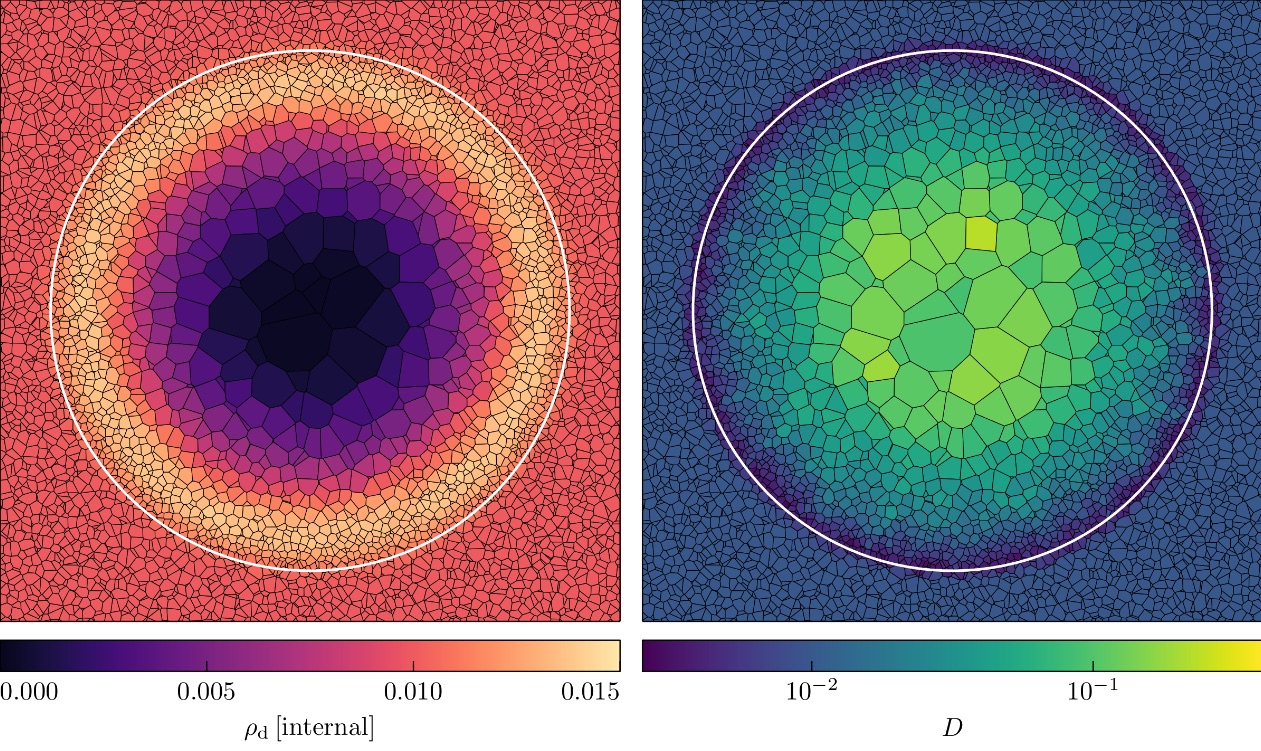Interstellar dust is an important component of the galactic ecosystem, playing a key role in multiple galaxy formation processes. We present a novel numerical framework for the dynamics and size evolution of dust grains implemented in the moving-mesh hydrodynamics code AREPO suited for cosmological galaxy formation simulations. We employ a particle-based method for dust subject to dynamical forces including drag and gravity. The drag force is implemented using a second-order semi-implicit integrator and validated using several dust-hydrodynamical test problems. Each dust particle has a grain-size distribution, describing the local abundance of grains of different sizes. The grain-size distribution is discretized with a second-order piecewise linear method and evolves in time according to various dust physical processes, including accretion, sputtering, shattering, and coagulation. We present a novel scheme for stochastically forming dust during stellar evolution and new methods for sub-cycling of dust physics time-steps. Using this model, we simulate an isolated disc galaxy to study the impact of dust physical processes that shape the interstellar grain-size distribution. We demonstrate, for example, how dust shattering shifts the grain-size distribution to smaller sizes, resulting in a significant rise of radiation extinction from optical to near-ultraviolet wavelengths. Our framework for simulating dust and gas mixtures can readily be extended to account for other dynamical processes relevant in galaxy formation, like magnetohydrodynamics, radiation pressure, and thermochemical processes.
McKinnon, Ryan; Vogelsberger, Mark; Torrey, Paul; Marinacci, Federico; Kannan, Rahul
2018, Monthly Notices of the Royal Astronomical Society, 478, 2851
http://adsabs.harvard.edu/abs/2018MNRAS.478.2851M
